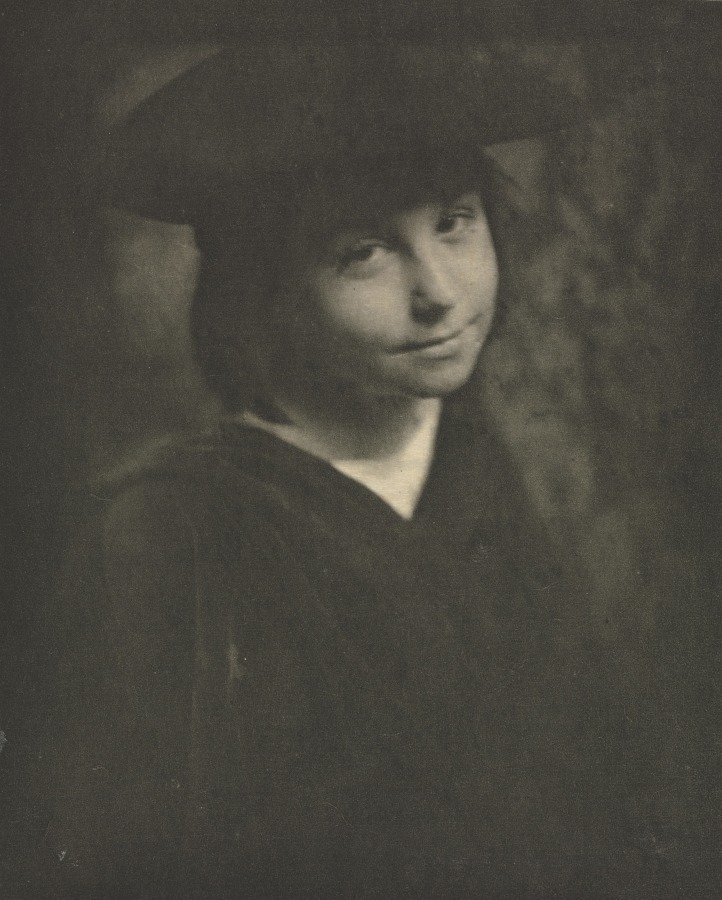Alvin Langdon Coburn British and American, b. United States, 1882-1966
Born in Boston and later naturalized a British citizen, Alvin Langdon Coburn received his first camera at age eight. Ten years later, encouraged by his cousin -- the idiosyncratic, yet highly talented photographer F. Holland Day-Coburn showed his work in a major London exhibition. In 1902-3 he was a founding member of the Photo-Secession and the Linked Ring, two of the most important photographic organizations of their time. His work in the medium continued at a high level for the next quarter century.
Coburn was influenced not only by Day, but also by painter James Abbott McNeill Whistler, the impressionists, and Japanese woodblock prints, championed by his teacher Arthur Wesley Dow and Boston scholar Ernest Fenellosa. His artistic background allowed him to accept modernism as well. Although a founding member of the Pictorial Photographers of America in 1916 with Gertrude Käsebier and Clarence H. White, the following year Coburn made some of the first abstract photographs as a part of the vorticist movement, through which he became associated with Wyndham Lewis and Ezra Pound.
Coburn produced a wide range of work, both in subject and style. Technically proficient, he excelled at the gravure process, producing large editions of original prints for portfolios and books. Among his collaborators were Henry James and H. G. Wells. Although Coburn abandoned photography from the mid-1920s to the mid-1950s, his work continued to be influential, and he took up the medium again near the end of his life. T.W.F.
Note: Coburn emigrated to the United Kingdom in 1912 and became a naturalized British citizen in 1932. Coburn was a founding member of the Photo Secession, New York City, in 1902, and of the Pictorial Photographers of America in 1916. Coburn was associated with the Linked Ring in 1903, and the Royal Photographic Society in the United Kingdom. American photographer, became a naturalized British citizen. -Barbara Tannenbaum

